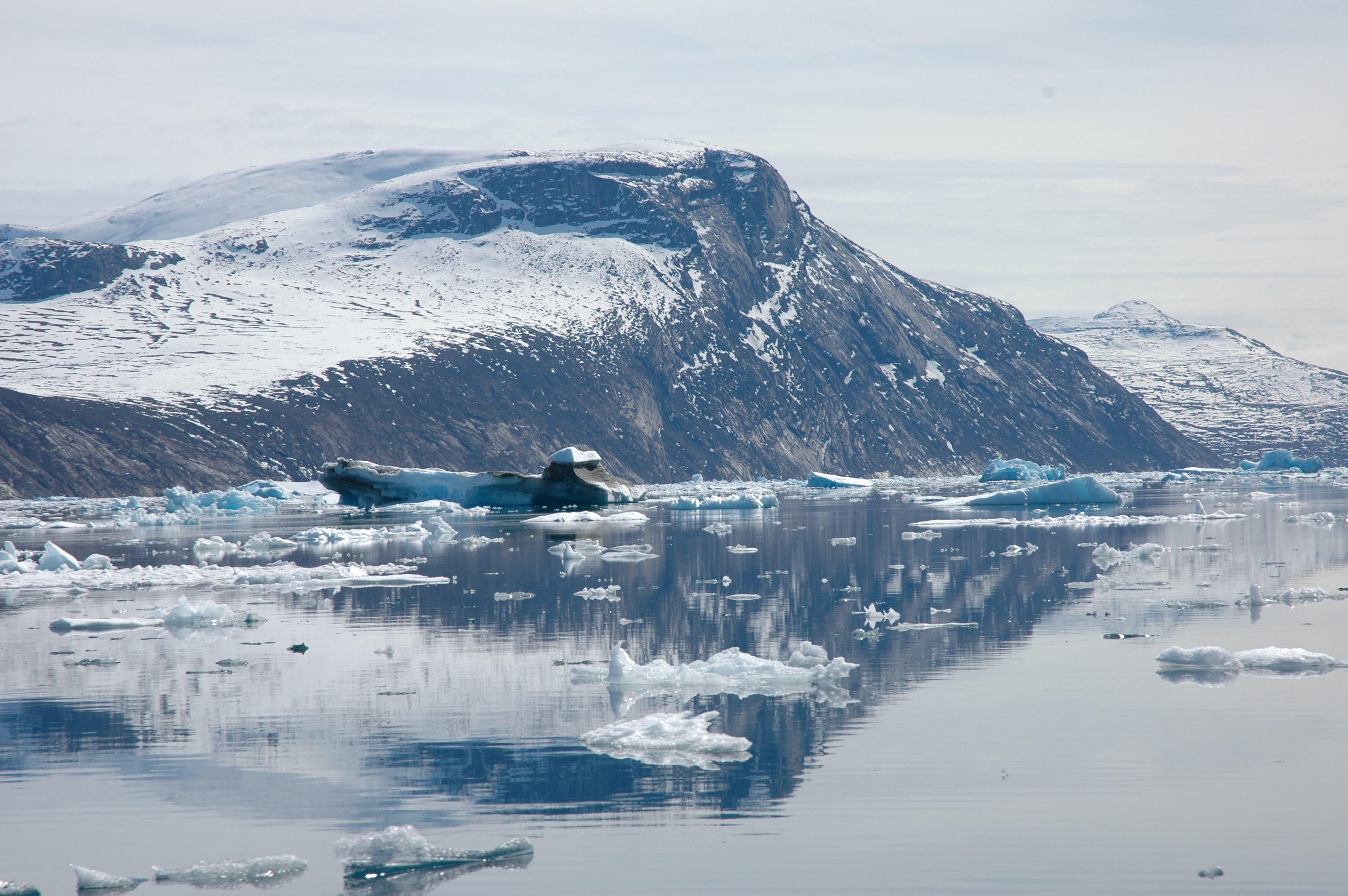Bioaccumulation of oil compounds in the high-Arctic copepod Calanus hyperboreus
New publication by Mette Dalgaard Agersted, Eva Friis Møller, Kim Gustavson

Abstract:
Oil and gas exploration in the Arctic will increase the risk for accidental oil spills and thereby have a potential impact on the ecosystem and the organisms inhabiting these areas. Lipid rich copepods are an important food source for higher trophic levels in Arctic marine ecosystems. However, high lipid content and a slower metabolism increase the risk for bioaccumulation in Arctic species. Here we exposed three late development stages of the lipid rich high-Arctic copepod species Calanus hyperboreus to two different 14C-marked crude oil model compounds, the alkane dodecane (log Kow 6.10) and the polycyclic aromatic hydrocarbon (PAH) phenanthrene (log Kow 4.46) on a short-term scale of 4 days. Exposure was followed by a depuration phase of 3 days. We observed a difference in estimated bioaccumulation of the two model compounds between stages and found a slower depuration of dodecane than of phenanthrene in the two largest and most lipid rich stages. However, depuration of dodecane and phenanthrene was non-significant for all three stages. The results indicate that even short-term exposure may result in long-term bioaccumulation and internal exposure of oil compounds in the lipid rich high-Arctic copepods C. hyperboreus. Slow elimination and depuration of oil components indicate a risk for transfer of oil component up the food web to pelagic fish, seabirds and baleen whales.
Aquatic Toxicology. DOI: 10.1016/j.aquatox.2017.12.001
